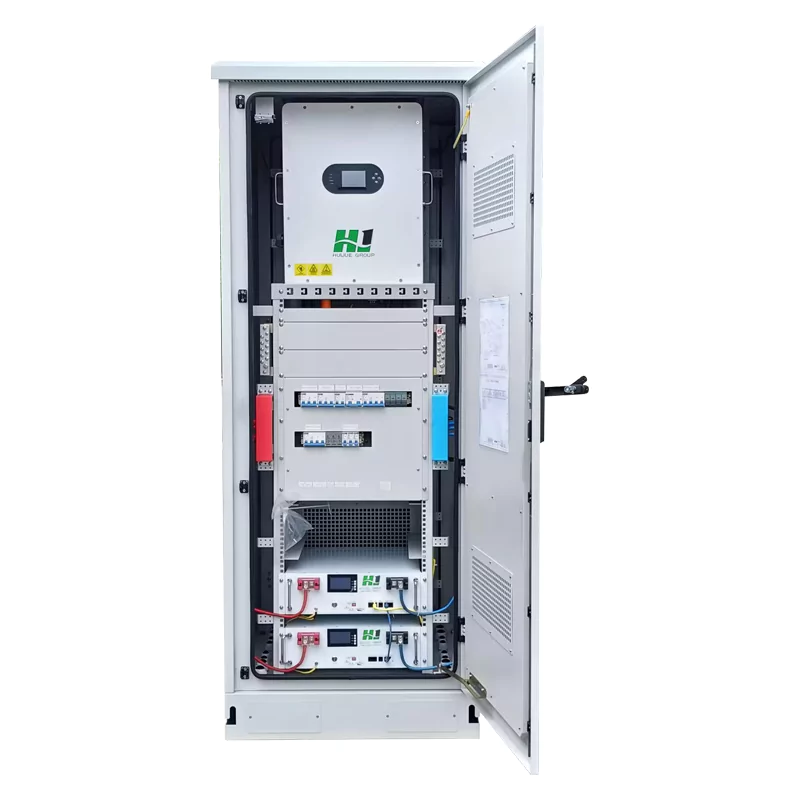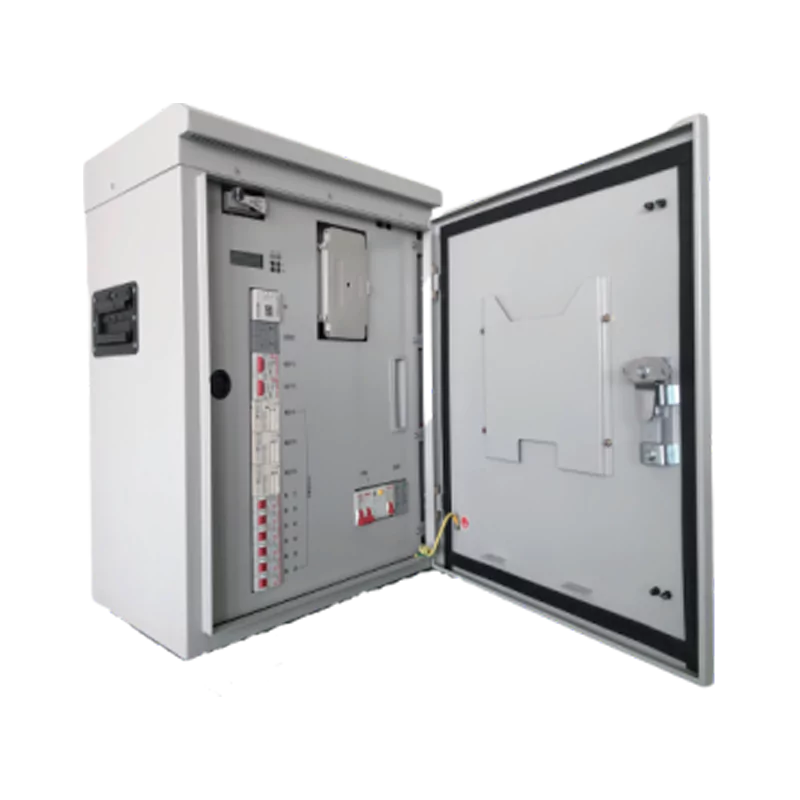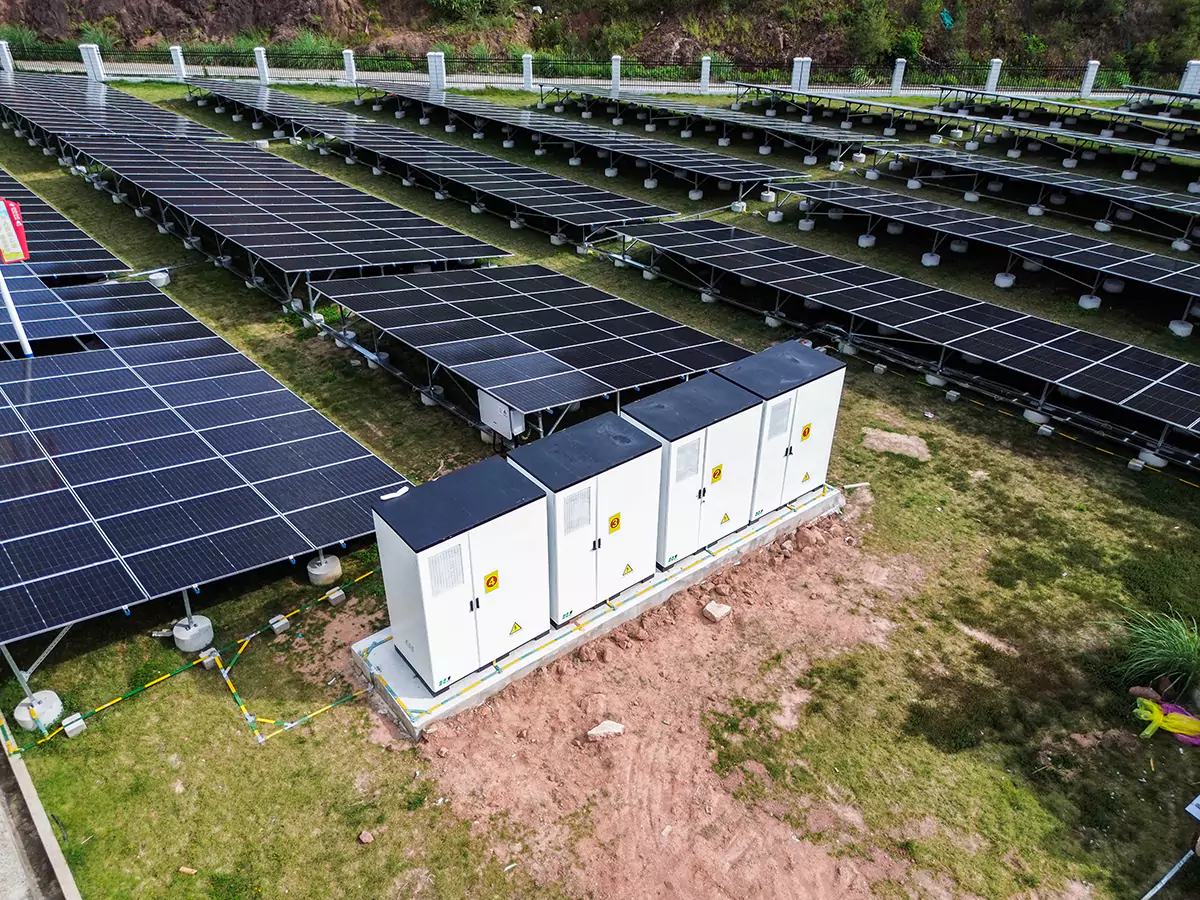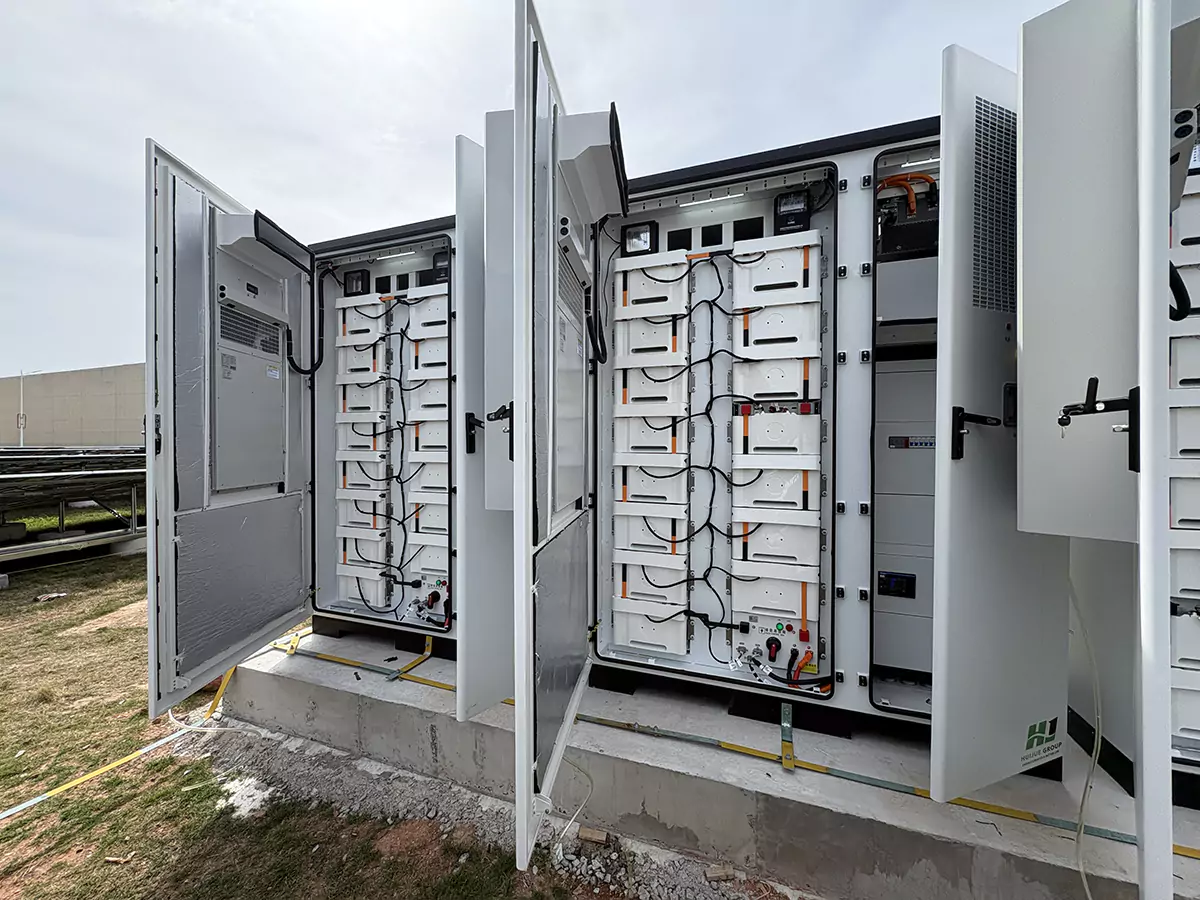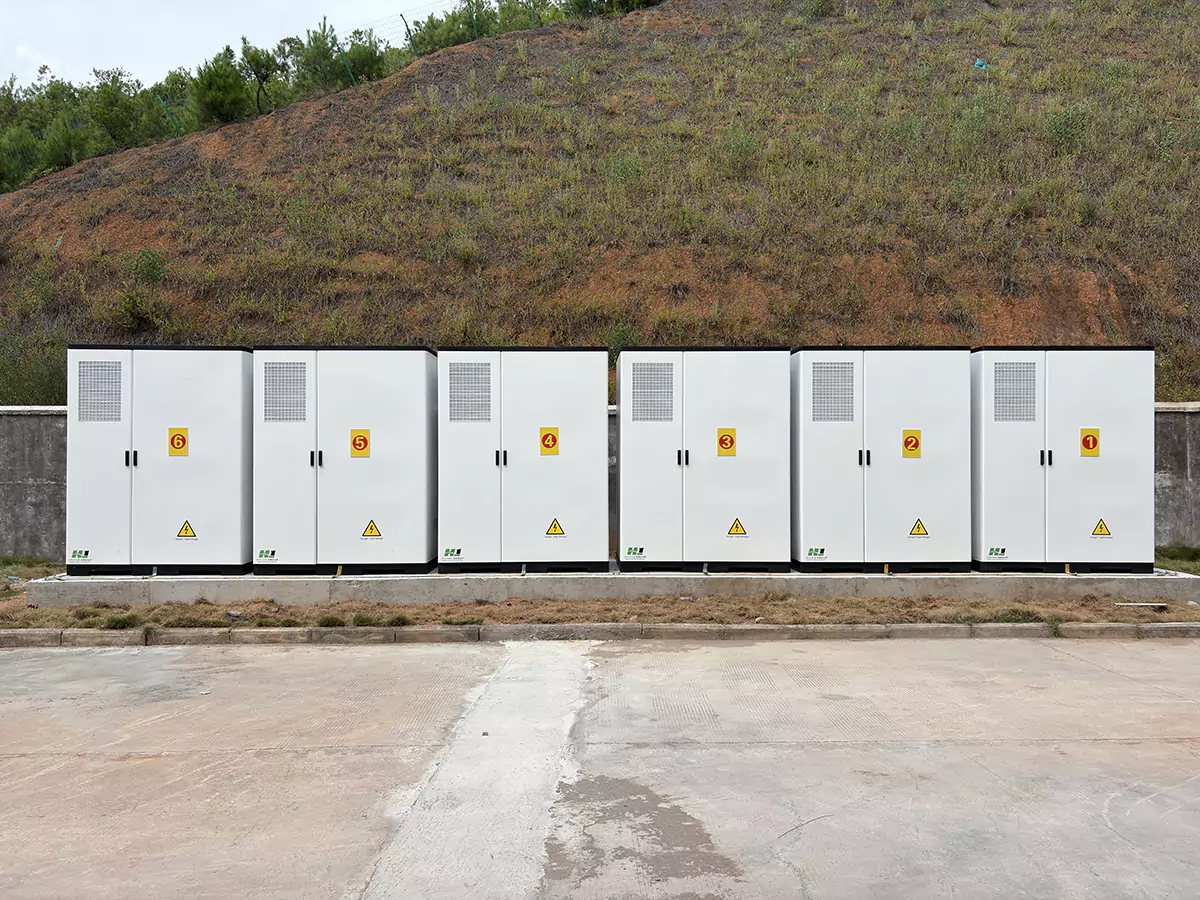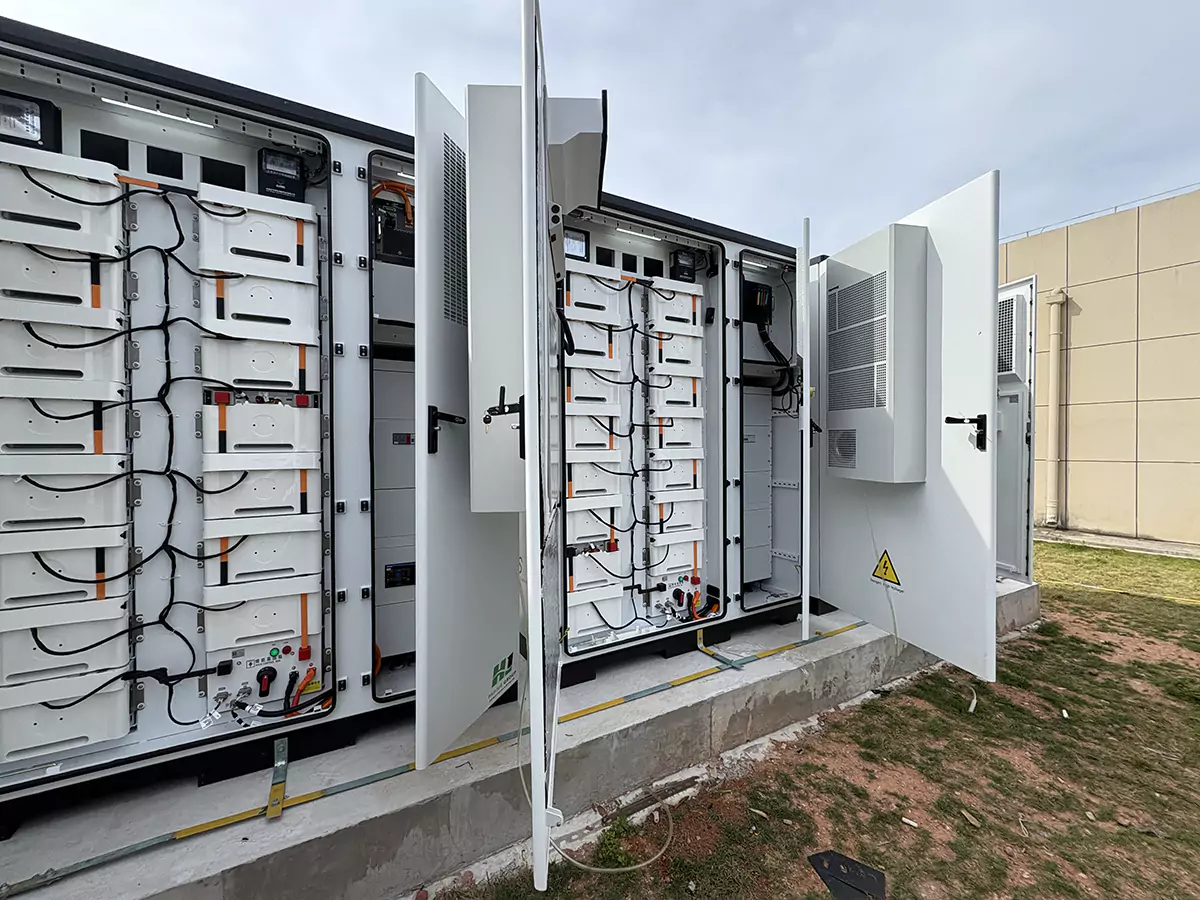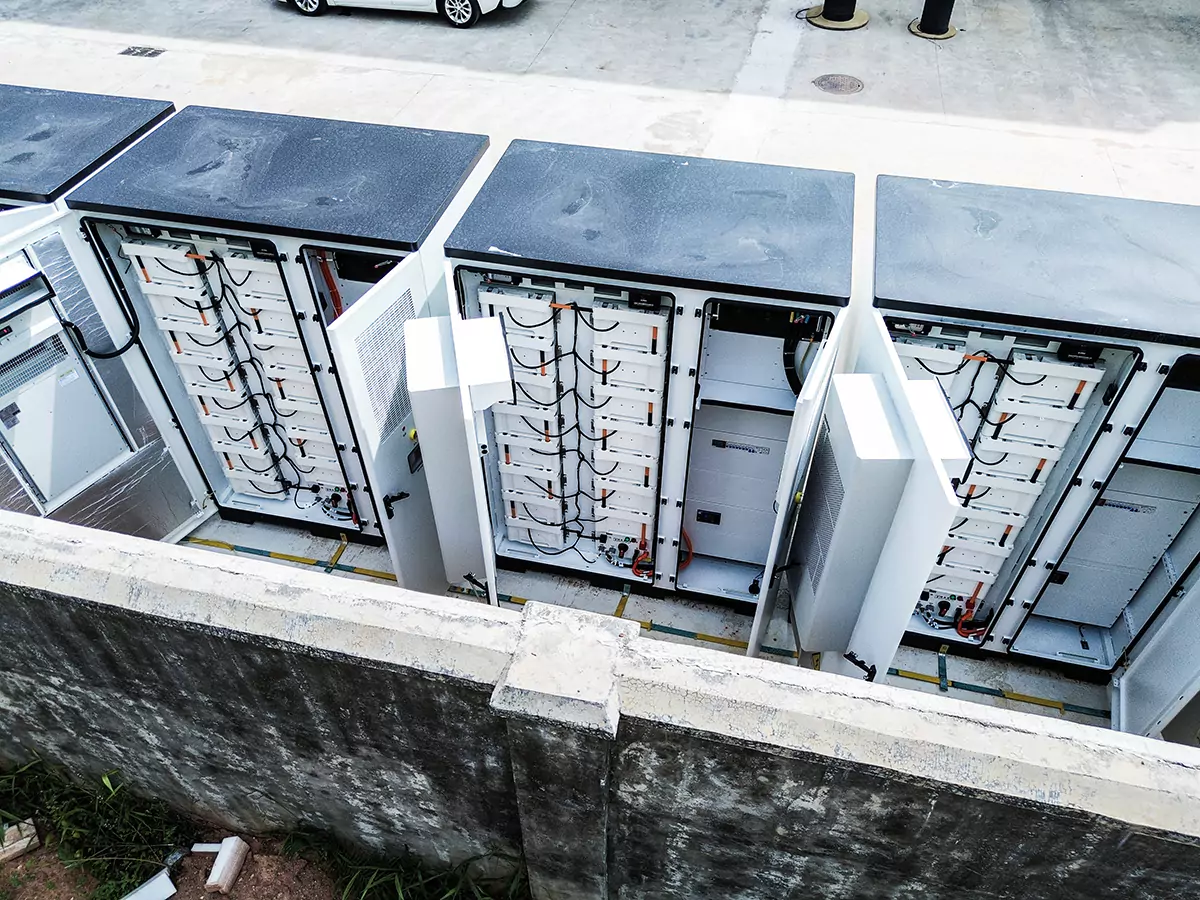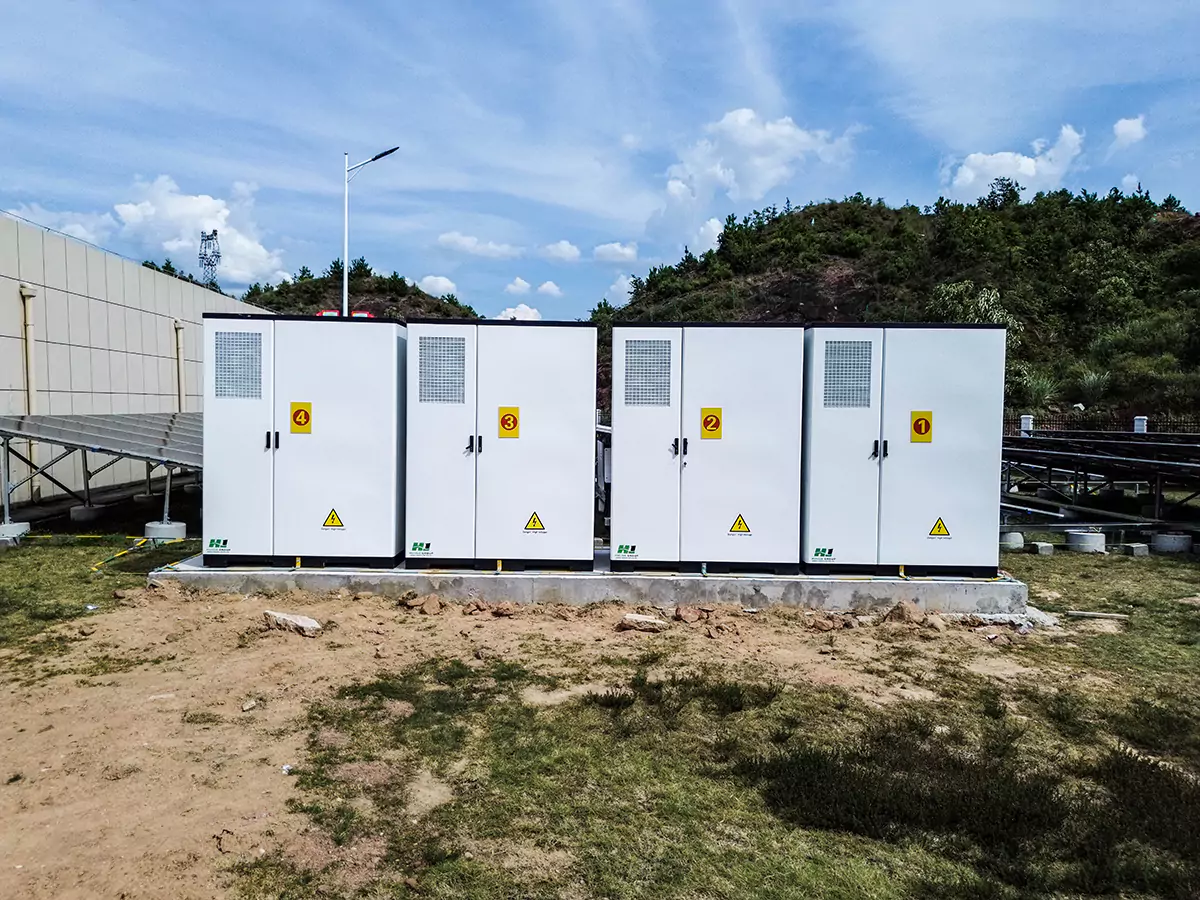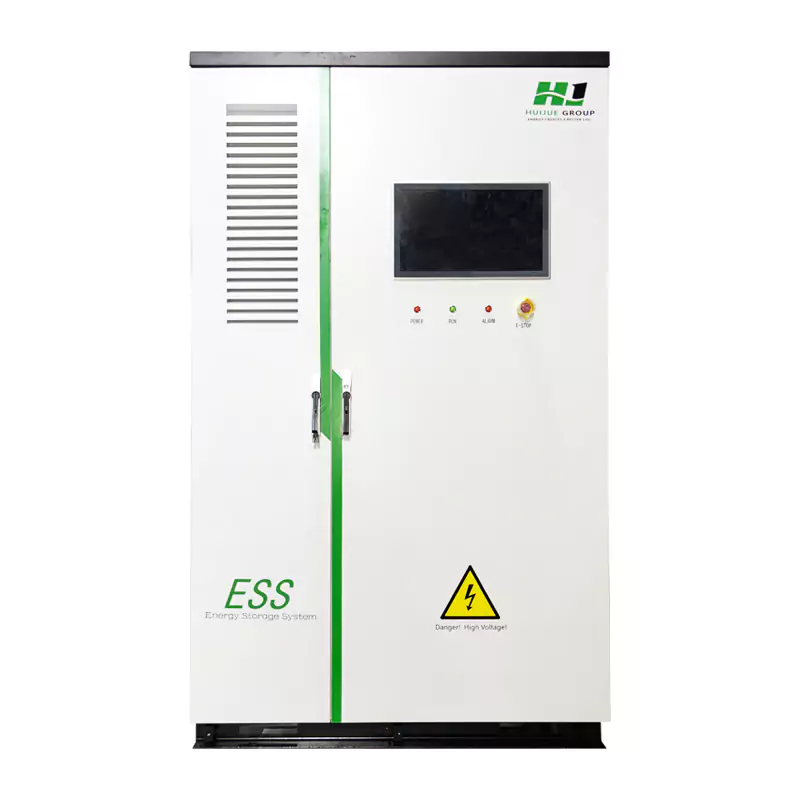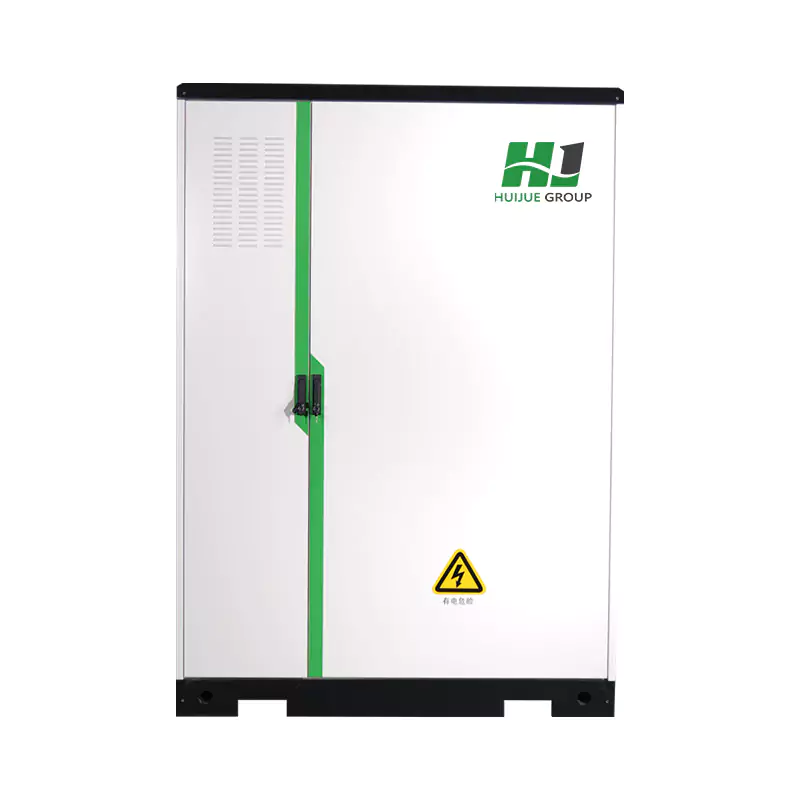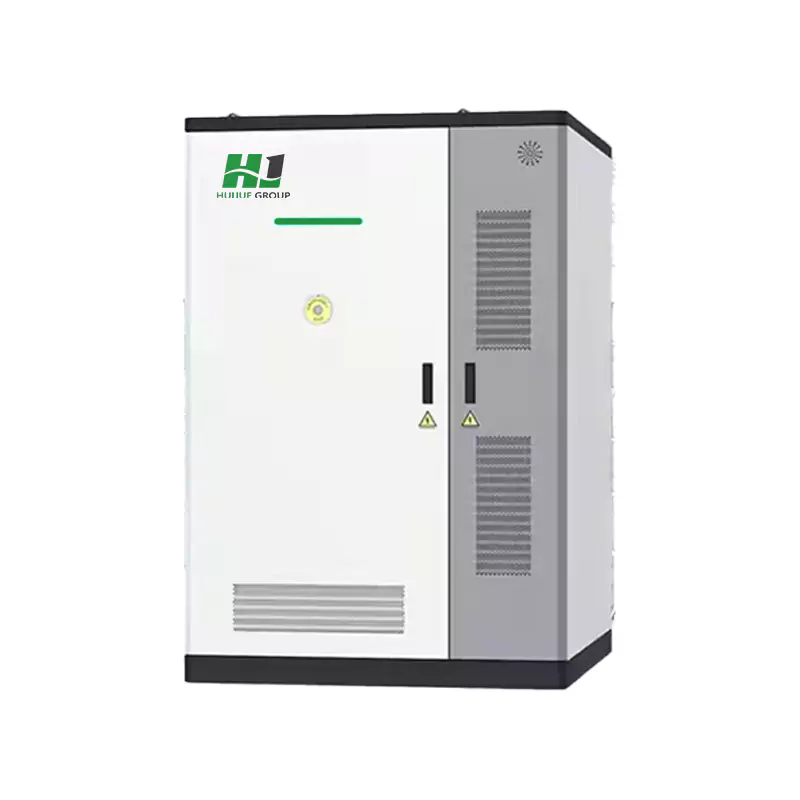
This project is located in Ganzhou, Jiangxi Province, aiming to make full use of the rooftops and idle land resources in the industrial park to build a distributed photovoltaic power generation system integrated with an energy storage system.
1. Project Overview
This project is located in Ganzhou, Jiangxi Province, aiming to make full use of the rooftops and idle land resources in the industrial park to build a distributed photovoltaic power generation system integrated with an energy storage system. The project highlights the energy storage system’s design, improving energy efficiency, reducing electricity costs, and ensuring energy stability and flexibility for the enterprise.
2. Project Details
2.1 Application Plan
The project will utilize the rooftops of 12 factory buildings and the available land to build a photovoltaic power station, with part of the installation on the ground. The project aims to maximize the use of idle spaces, with the electricity generated by the photovoltaic system used primarily for self-consumption, while surplus electricity will be fed into the grid.
2.2 Installed Capacity
-
Photovoltaic System:
-
Rooftop Area: Approximately 38,518 m²
-
Photovoltaic Modules: A total of 4,745 pieces of 590 Wp monocrystalline silicon N-type modules
-
Total Installed Photovoltaic Capacity: 2.79955 MWp
-
-
Energy Storage System:
-
Energy Storage System Configuration: 1 MW/2.15 MWh
-
2.3 Energy Storage System Design
The core component of the energy storage system is the energy storage cabinet, which effectively addresses the fluctuations and instability of photovoltaic power generation, ensuring a continuous and stable power supply. The energy storage system has the following key features:
-
Energy Storage Cabinet Functions:
-
The energy storage cabinet stores surplus electricity generated by the photovoltaic system during the day and releases the stored energy during peak electricity demand periods, playing a role in peak shaving and valley filling.
-
With a configuration of 1 MW/2.15 MWh, the energy storage system improves the self-sufficiency rate of electricity while ensuring stable power supply during peak demand times.
-
-
Main Equipment:
-
Energy Storage Cabinet: Utilizes high-efficiency and reliable lithium battery energy storage systems with high cycle life and an advanced Battery Management System (BMS).
-
Grid Connection Cabinet: Ensures the safe and efficient grid connection of the energy storage system with the photovoltaic station and the grid, maintaining the reliability and safety of power flow.
-
Energy Storage Control System: The intelligent control system manages the charging and discharging process of the energy storage cabinet, optimizing energy utilization efficiency and minimizing energy waste.
-
2.4 Role and Advantages of the Energy Storage System
-
Peak Shaving and Valley Filling: The energy storage cabinet stores surplus power when photovoltaic generation exceeds demand and releases energy during peak periods, balancing grid load and reducing peak electricity procurement.
-
Improved Energy Self-Sufficiency: By storing surplus energy during the day, the enterprise can continue using self-generated electricity during the evening or cloudy weather, reducing reliance on the external grid.
-
Power Supply Security: The energy storage system ensures continuous operation in the event of a power outage or instability in the power supply, guaranteeing the safety and efficiency of the production line.
3. Project Advantages
-
Enhanced Energy Self-Sufficiency: The inclusion of the energy storage system strengthens the enterprise’s independence in energy use, reducing reliance on the external grid and ensuring continuous and stable power supply.
-
Electricity Cost Savings: By utilizing the energy storage cabinet’s charging and discharging mechanism, the enterprise can reduce electricity procurement during peak periods, significantly lowering electricity costs. The estimated annual electricity savings amount to approximately 3 million kWh.
-
Green and Environmentally Friendly: The project promotes the enterprise’s green and low-carbon transformation, aligning with national policies on renewable energy development and environmental protection, contributing to sustainable development goals.
-
Convenient Operation and Maintenance: The project is equipped with automatic cleaning devices and protective fences, reducing maintenance difficulties and costs in the later stages. Additionally, the intelligent management of the energy storage system significantly reduces the operational workload and maintenance costs.


